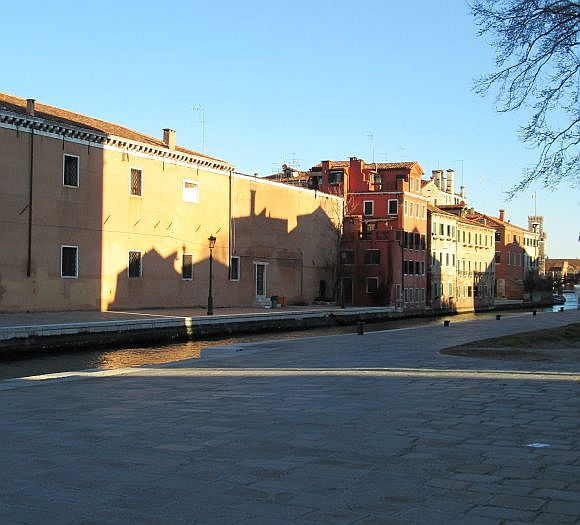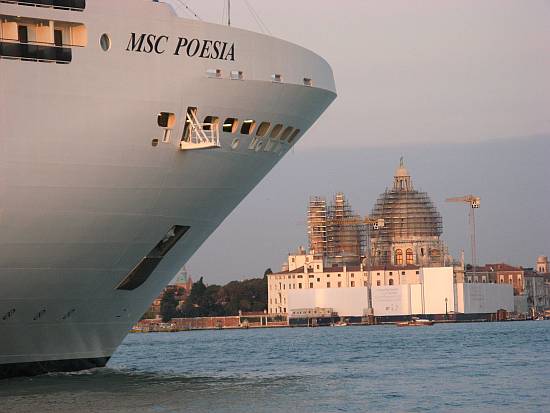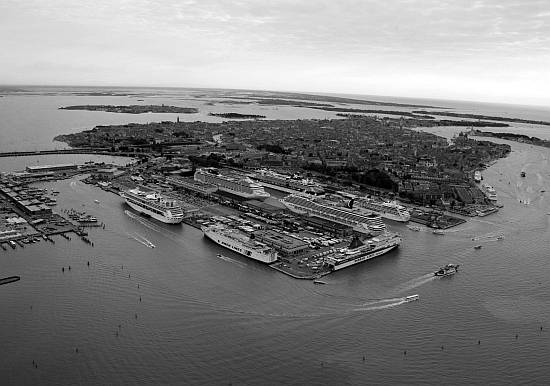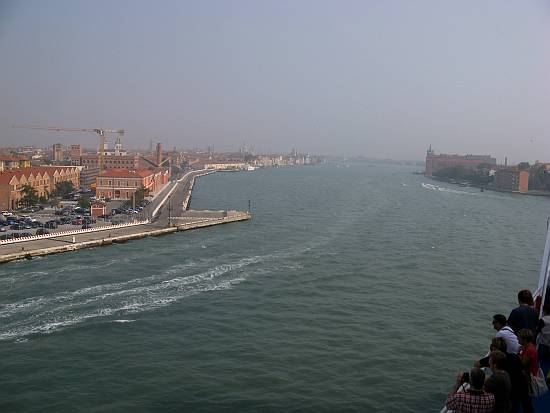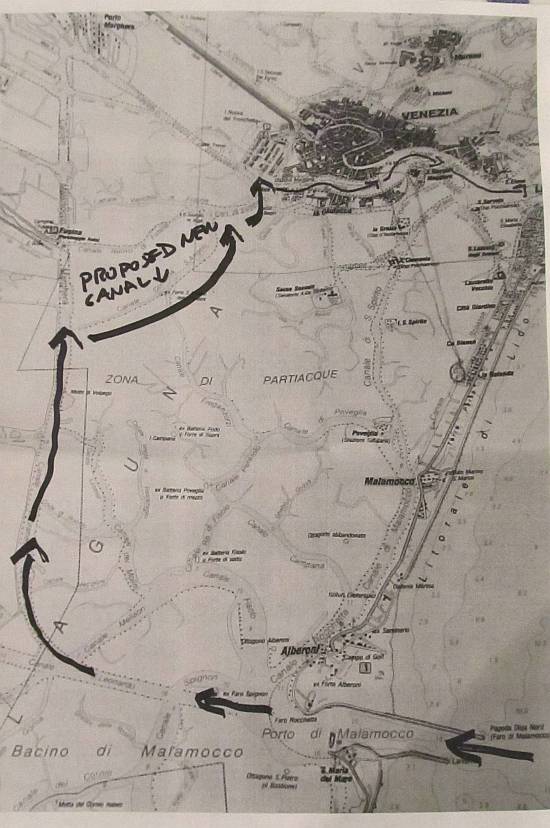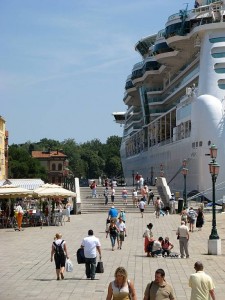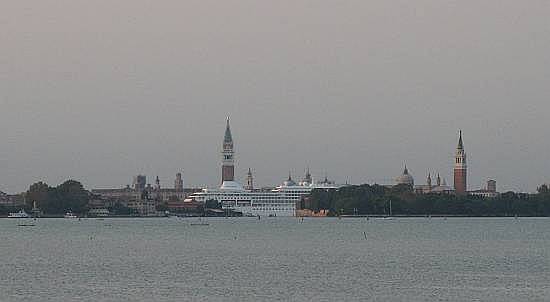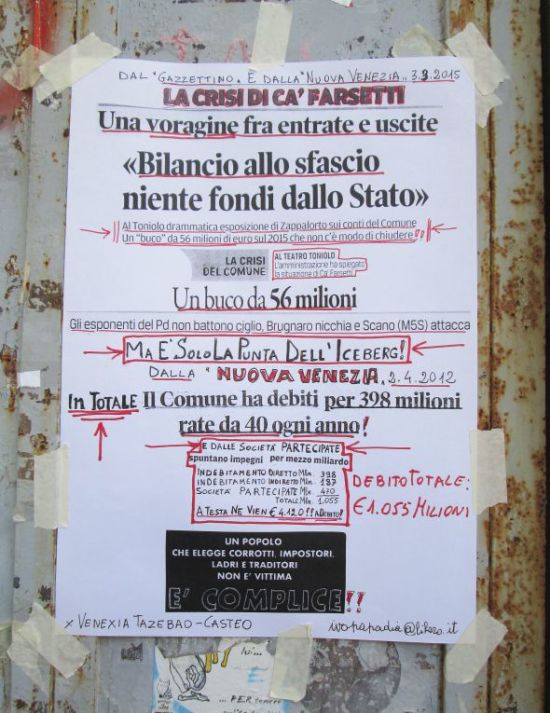
It’s been a while since I grappled with any serious aspect of Venice today. (History is so much more amusing.) But I feel a strange sense of obligation to update the situation for people who are interested, and who may have the impression from assorted news reports that the city’s biggest problems are tourists or big cruise ships or acqua alta.
Part of my silence is because Venice is in an exceptionally confusing, depressing, and frustrating situation and I am becoming allergic to confusion and frustration. And by reading the daily bulletins, it can be difficult to grasp the big picture. So I’m here to provide it for you.
In my opinion, Venice is living (enduring, suffering) one of those critical moments which occur in every life, whether personal or municipal or national or whatever. I have no doubt that people are already writing books about it, and will continue to do so till the next critical moment strikes, and may it be far, far in the future.
This little update seems appropriate just now because yesterday there was a “primary election” to decide who will be the mayoral candidate from the political party known as PD, or Partito Democratico (Communists). Three men were vying for this nomination from their party, and this is already strange because normally the officers/directors/stringpullers of the party decide who their candidate is going to be. It’s rare for there to be such conflict within a party that the public has to intervene to decide who to run.
The election is scheduled for May 31, and many cities are going to the polls that day. Here in Venice, some politicians have already commented that the state of the city is so catastrophic that it might be better not to waste money on elections, but to just stick with the emergency governor, commissario Vittorio Zappalorto (or someone like him, appointed by the prime minister). I realize that this approach probably shouldn’t be a long-term plan, but if the electorate here were to take seriously the suggestion by one candidate that nobody from the previous city government should be permitted to run, that would leave slim pickings indeed.
My own feeling is that anyone who would want to be mayor of Venice would be someone who would want to scale Everest, walking backwards, and naked. There can’t be much difference between the two adventures — painful for him, and close to futile. Sorry, I meant fatal.
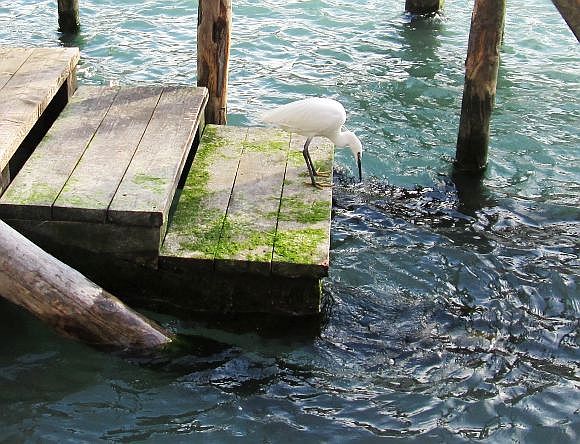
Before I relate any specifics, I share this observation by Professor Guido Vittorio Zucconi which I found on the homepage of the Ateneo Veneto, one of the city’s major cultural institutions which offers lectures and other presentations on a variety of Venetian themes.
He said that the programming of events will undergo some innovations (I translate): “To give more weight to topics tied to the ‘city that is being transformed,’ rather than those of the ‘death of Venice’: the city is not dying, but it is changing radically, showing itself too fragile for the tasks and for the impact which it must sustain every day.”
I’m clear on the fragility and the impact, but it’s the economy that has become the new instrument of daily torture. Basically, Venice doesn’t have an economy anymore.
First, the global economic crisis that began in 2008 dismembered the Italian economy. In an effort to get the country back on a steadier fiscal footing, the parliament — urged on by the heat-seeking missile which is the Prime Minister, Matteo Renzi — passed a “Pact of Stability,” intended to establish budgetary limits all over the country and get everybody back on the black side of the ledger. If not? Budget cuts and penalties, and penalties and cuts, all outlined in the Pact.
Second, Venice, which for years has lived on the fat of government money via the “Special Law” for Venice, suddenly found itself not only required to prepare a budget according to the new limits, but one that would be based on real income, and not on subsidies. (Another “subsidy” of sorts, the income from taxes from the Casino, went into a death spiral about the same time.)
The city government tried all sorts of things: selling the Casino (failed), selling palaces (mostly failed), and a few mastodontic projects which instead of creating income, created only debt and grief. And money from the Special Law which had been intended for many uses had been funneled into the pockets and personal bank accounts of the Consorzio Venezia Nuova, otherwise known as “MOSE,” leaving everybody else with that “It’s only the sixth of the month and I’ve already spent my entire paycheck” feeling.
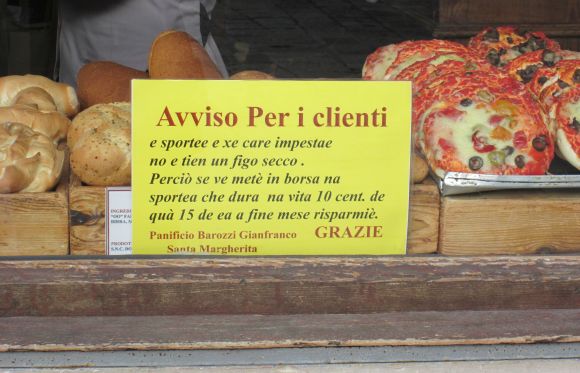
In 2005 (before the crisis) the national government passed a special decree called the “Mille Proroghe,” and repeated it each year till 2014 (it skipped 2012). A “thousand deferments” is a rough translation, and was meant to resolve or — better yet — offer extensions to facilitate the resolution of certain urgent financial problems.
But by 2008 Italy was leaping on ice floes across the raging financial river, like Eliza fleeing to Canada, except that unlike Eliza, it fell in. And cities that couldn’t make their budgets balance were on their own, even big cities such as Torino and even Rome.
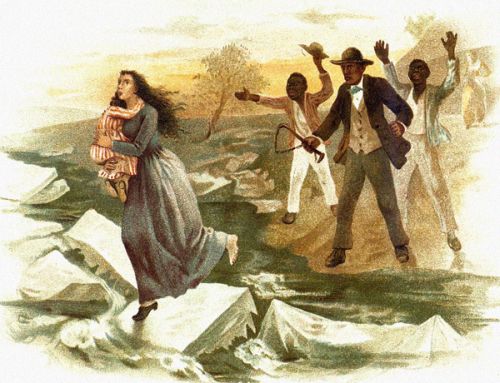
On June 4, 2014 the city government imploded, and on July 2, 2014, Venice was placed under the administration of a temporary governor, Vittorio Zappalorto, whose assignment was to do whatever it took to force the budget even somewhat close to reality. In one of his first interviews, he said “I’m worried, but I’ll straighten out the accounts.”
That was then. After months of pitiless toil, cuts and slashes everywhere, Zappalorto finally concluded that there was nothing more that could be done to save the ship; he was even quoted as saying that if Rome didn’t step in with funds, all the sacrifices people had been forced to make would have been useless.
But Rome wasn’t feeling Venice’s pain; in fact, there were enough other cities in the same desperate straits that it seemed impossible, if not absurd, to favor one town ahead of the others. Why Venice and not Aquila? (Not a completely rhetorical question.)
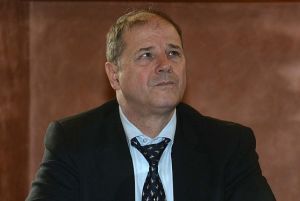
Desperate meetings finally produced a way to save Venice from default. At 4:03 AM on February 16, 2015, the “Salva Venezia” (save Venice) amendment was inserted into the Mille Proroghe bill 2015 to be voted on.
This was only slightly good news, because there appeared to be a great reluctance on the part of the Prime Minister to give any special consideration to Venice, and hundreds of parliamentarians from all over Italy weren’t necessarily clear on the reasons why Venice deserves more help than their own region or city.
Of course, cutting spending (good) also means cutting jobs (very bad), and social services, and other non-frivolous aspects of city management. An example of what “cuts” mean: Only one and a half million euros of what ought to be nine million euros were allocated in the budget for 2015 for the 3,000 city employees.
Last year it was the then-mayor, Giorgio Orsoni, who went to Rome pleading for mercy. But now it was Zappalorto, the very man sent specifically by the Prime Minister to shape up the city, who had to step forward to ask for clemency.
On February 22, virtually at the last minute, the “Save Venice” amendment was passed, on the condition that the city’s budget be subject to monthly reviews for the next year. It’s sort of the equivalent of being grounded for the next twelve months.
The problem is how to fill in a hole in the budget that amounts to 56 million euros. I won’t start listing categories and amounts of cuts, or the various exceptions, but it’s worth noting that the city government isn’t going to have money to buy anything for its own daily operation except “paper, office supplies, and toner.” Not made up.
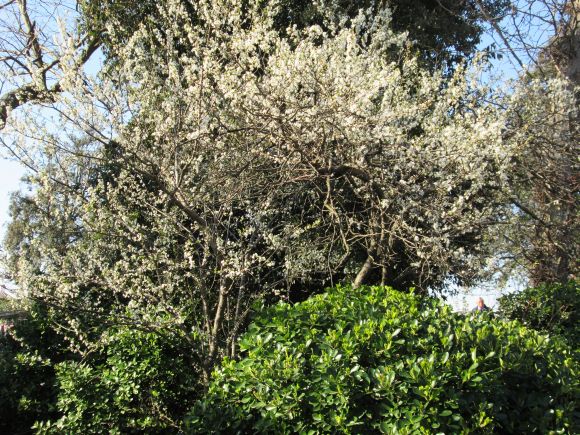
Before leaving this excruciating topic — and before anyone feels too tempted to weep — I have to say that although the city is broke, it has to a certain extent brought this on itself. Essentially, the city maxed-out its credit cards several years ago, and many things it has spent money on have not proved to be useful, and some are sitting half-finished, or not even started, growing weeds.
Somewhere there is a comprehensive list, but I’ll just give a few examples of the money that has been thrown out the windows with wild abandon on the Lido, summarized by the Gazzettino on March 6 under the headline “Projects and public works A flop of 100 million” (euros, rounded down). You may not care about the Lido, nor do I, but the following will demonstrate some part of the mentality which has driven the Good Ship Venice onto the pecuniary reef.
About ten years ago, more or less, a number of huge “improvement” projects were confected which would “re-launch” the island, which had lost its luster and also most of its tourist income.
The star project would be the new Palacinema for the Venice Film Festival, which was designed as a sort of multiplex with numerous theaters; another would be a vast yacht marina at San Nicolo’, a space which would be as big as the Giudecca; and another was the conversion of various buildings which comprise the once quite marvelous (and useful) Ospedale al Mare, or Hospital at the Sea, to private uses such as apartments.
The new Palacinema was approved in 2004; time was spent in the search for additional funding, work began around 2008 with the ripping out of a shady pine grove near the old building, and some excavating began. And then almost immediately stopped, because in 2009 the diggers began to pull up loads of asbestos trash, thrown away by God knows who over the years and then covered up by other occult hands. Nobody thought of taking soil samples before bringing in the backhoes.
And there the Palacinema sits — or rather, the hole sits — frozen in time, and 38,613,000 euros have been spent on a site which remains devastated and on which not one brick has yet been laid. Some wag has put up a street sign with the fictitious but too-true name, “Piazza Quaranta Milioni” (Forty Million Square). It’s a lot to pay for a hole that’s 9 feet (3 meters) deep.
Palacinema, Part 2: Seeing that the costs were rising, the city removed the project managers and installed a commissario, or temporary overseer, which cost an additional 1,500,000 euros. (I can’t explain this, I merely report it.) The financial magistrates stated that this whole affair was a “handbook example” of waste of public money.
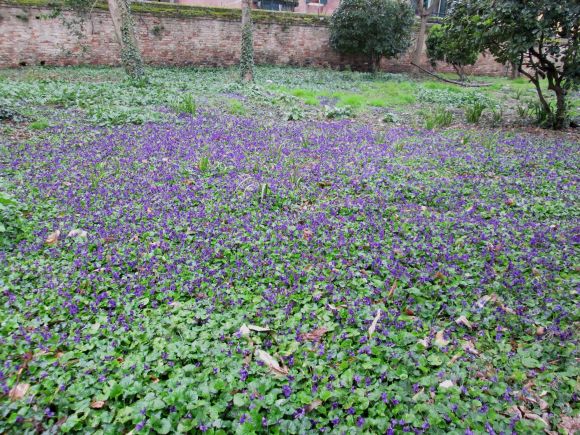
Ospedale al Mare: Cleaning up and preparing the areas for the new uses, which have yet to even begin being realized, has cost 1,600,000 euros.
The glorious yacht marina at San Nicolo’: 8,000,000 euros spent, with nothing done so far except court cases with lots of accusations. If I had time (and cared), I’d do more research on what could have cost that much for no results.
New traffic layout on the seafront: 2,000,000 euros spent, with no results so far.
Hotel Des Bains: This legendary landmark Belle Epoque hotel, famous for its starring role in “Death in Venice” (book and film), not to mention its 100 years of fabulous guests, remains closed since the project of turning it into a luxury-apartment complex failed. 30,000,000 euros spent so far, and its extraordinary decorations (fabrics, curtains, furniture) were put up for sale, even on the internet.

So yes, we should feel bad that Venice is broke, but we should also feel bad that it got this way because nobody cared about much of anything but themselves.
Prosperity depends on a simple choice: Make more, or spend less. They just got it backward.
